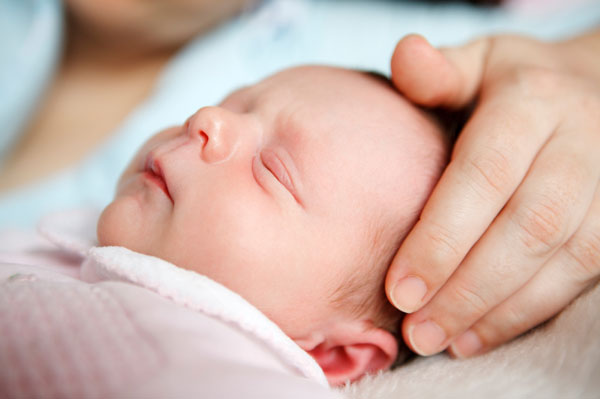
Are you familiar with baby-friendly hospitals? Baby-Friendly USA is the organization behind the accreditation for the baby-friendly initiative here in the U.S. Read on to discover what makes a hospital “baby friendly” and what it can mean for your hospital birth experience.
The Initiative
The Baby-Friendly Hospital Initiative was created by the World Health Organization because nearly one million babies die each year because they were not breastfed or because they were given other foods too early. While serious disease and death is more of an issue in developing countries, there are plenty of health benefits that American babies can reap if they are breastfed and if their parents follow the recommended food-introduction schedule — for instance, breastfeeding can reduce the occurrence of ear infections, diarrhea, upper respiratory infections and allergic skin disorders.
The 10 steps
The BFHI was established to give proper support to the breastfeeding pair soon after birth. The steps outlined for the United States are as follows:
- Have a written breastfeeding policy that is routinely communicated to all health care staff.
- Train all health care staff in skills necessary to implement this policy.
- Inform all pregnant women about the benefits and management of breastfeeding.
- Help mothers initiate breastfeeding within one hour of birth.
- Show mothers how to breastfeed and how to maintain lactation, even if they are separated from their infants.
- Give newborn infants no food or drink other than breastmilk, unless medically indicated.
- Practice “rooming in” — allow mothers and infants to remain together 24 hours a day.
- Encourage breastfeeding on demand.
- Give no pacifiers or artificial nipples to breastfeeding infants.
- Foster the establishment of breastfeeding support groups and refer mothers to them on discharge from the hospital or clinic.
What this means for you
As of May 2012, there are 143 certified baby-friendly hospitals and birth centers in the U.S. If you find yourself near one and hope to deliver there, here’s what you can expect:
Your birth will likely have less intervention and you will be encouraged to nurse within the first hour after birth. Your baby will likely room in with you — that is, spend all day and night in your room so you can breastfeed him on demand. He won’t be given or offered a pacifier or formula, and you will have access to lactation consultants to help you get started breastfeeding. In addition, all staff will be trained to offer breastfeeding support, and before you are discharged, you will be given information on how to get continued support from lactation consultants and support groups.
Leah Goldberg-Davis, birth doula and student midwife, has been present during births at a baby-friendly hospital. “They've implemented a plan called Listening to Newborns,” she told us, “so they respect and observe the nine stages that a newborn goes through after birth. They also practice delayed cord clamping and are natural birth proponents.”
And the pendulum swings
More and more hospitals and birth centers — even though they haven’t been certified by Baby-Friendly USA — are leaning toward creating a more breastfeeding-friendly environment, with lots of support for nursing moms and a reduction in traditional nursery practices like pacifiers and Baby sleeping away from Mom. It’s hoped that a rise in breastfeeding rates will improve children’s health overall, and steps are being taken every day to ensure that moms get off to the best start nursing their babies.
More on breastfeeding
Bloomberg aims to up NYCs breastfeeding rates
Whoopi thinks breastfeeding help is lame
Breastfeeding a toddler and conquering challenges